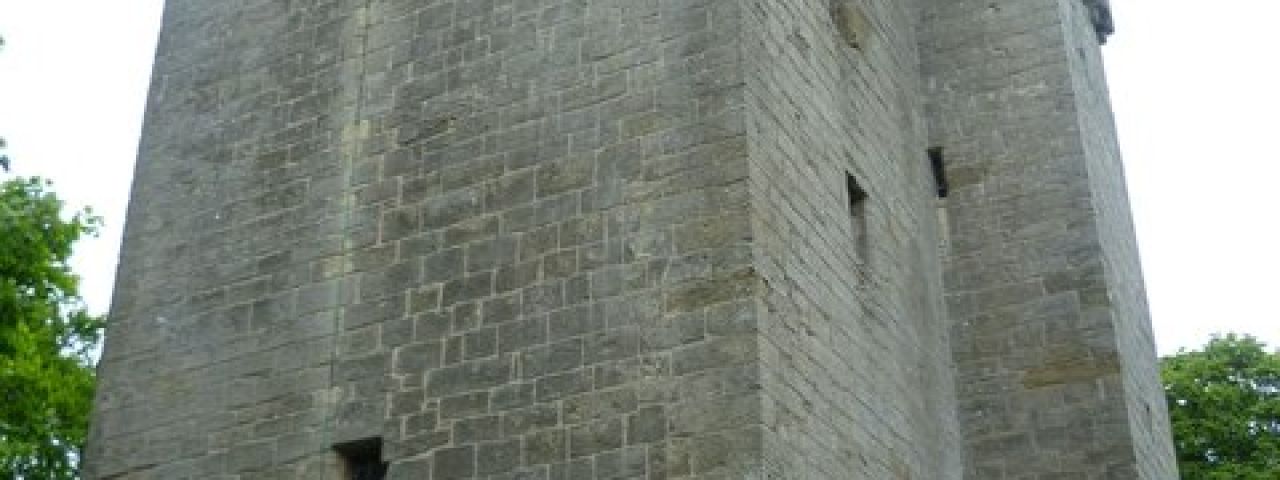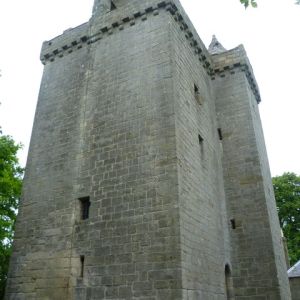Scotstarvit Tower
Sightseeing attraction | Cupar | Scotland | United Kingdom
Historical architecture in Scotland
The Scotstarvit Tower is a remarkably well-preserved 16th-century residential tower located in the region of Fife, Scotland. It is situated approximately three kilometers south of Cupar, between the hills of Tarvit and Walton, south of the River Eden. The tower sits on a hilltop and offers expansive views of the surrounding countryside.
Attractions in the Fife region
Originally built in an L-shaped six-story design around 1500 by the Inglis family, the tower was extensively renovated in the 1620s by Sir John Scot, a respected lawyer and writer from Edinburgh who acquired the property in 1611. Sir John Scot was known for his literary works, including "The Staggering State of the Scots' Statesmen," and for his support of the arts. Some unusual features of the tower reflect his eccentric personality:
Medieval towers in Scotland
- The ground floor has only two narrow arrow slits and no other windows.
- The second floor lacks a fireplace.
- The fifth floor has no windows.
- There is no kitchen inside the tower.
Scotstarvit Tower history and significance
These architectural quirks make the Scotstarvit Tower a unique example of tower houses from that time period. The tower is designed in a classic L-shaped layout, with a spiral staircase in the smaller wing. The third floor features a large fireplace, three window seats, and a latrine, while the fourth floor likely housed the private chambers of the master and his wife. It is also noteworthy that the attic originally had an ornate classical fireplace, indicating that Sir John used this space as a study. This fireplace was later removed and installed in the nearby Hill of Tarvit Mansion House, where it can still be seen today.
Scottish noble stories in the 16th century
After Sir John Scot's death, the property changed hands several times and eventually came into the possession of the Wemyss family. In 1948, the tower was placed under the care of the National Trust for Scotland and is now managed by Historic Environment Scotland. It is recognized as a Scheduled Ancient Monument and is a significant example of Scottish architecture from the 16th and 17th centuries.




















































































































